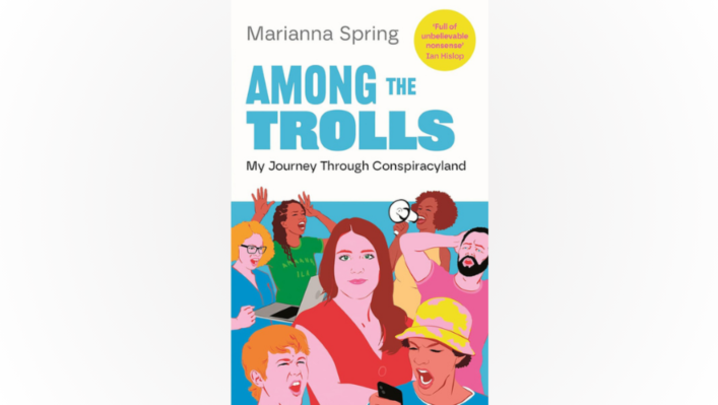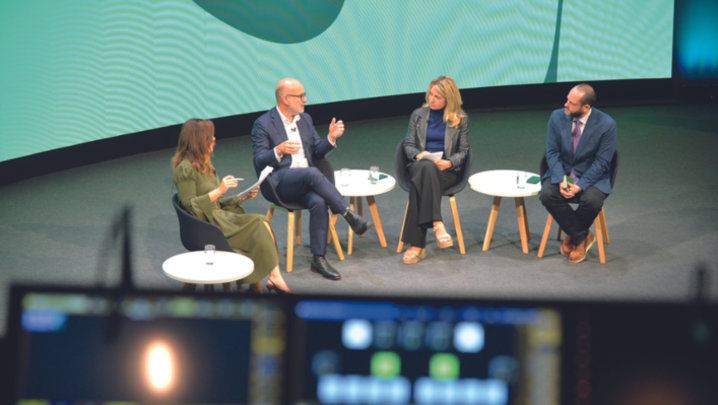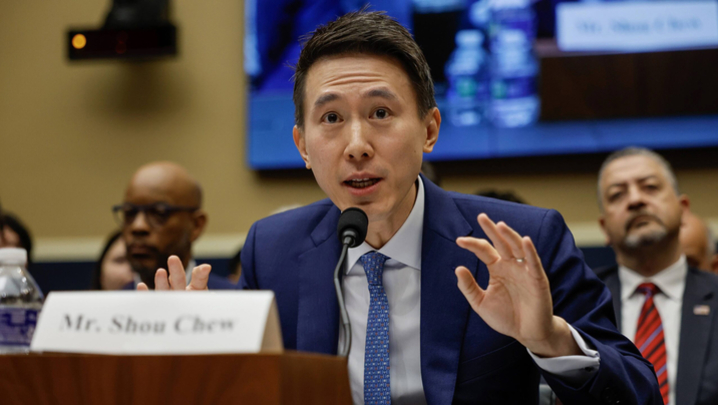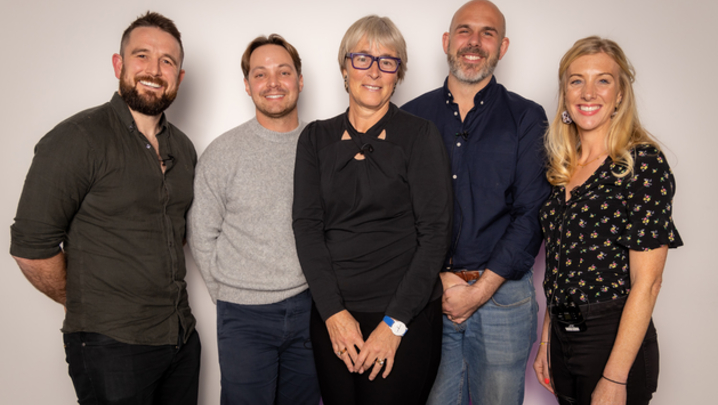Facebook Live is being embraced by broadcasters and online news providers, finds Pippa Shawley
When Philando Castile was shot dead by a police officer in Minnesota earlier this year, the world watched as his girlfriend broadcast the aftermath of the incident live on Facebook Live. The social media giant’s new live-video tool, has turned anyone with a smartphone into a potential broadcaster.
Where users once only had the option to update their status with thrilling (or not so thrilling) written updates, live video now joins photos, recorded videos and emojis as a way to update friends and followers.
Originally released to selected celebrities and brands last year, the service rolled out to general users this year.
The style and subject of videos has, unsurprisingly, been varied. They range from a man filming his wife giving birth to the US presidential election debates (in partnership with ABC). And from a sit-in by congressional Democrats at the House of Representatives to the Ryder Cup 1st Tee Experience show at the end of September, in collaboration with NBC Sports and the PGA.
“The beauty of Facebook Live is that you can tell your story in another way,” says Andy Dangerfield, social media editor for news at BuzzFeed UK. Staffers can respond quickly to breaking news using just a smartphone and microphone. One example was BuzzFeed’s reporting on the Soho vigil for the victims of the Orlando nightclub shooting.
However, with long-term planning, Dangerfield can arrange studio-based broadcasts, such as the EU referendum debate featuring David Cameron, Nicola Sturgeon and Nigel Farage.
The difference between these videos and live broadcasts on television and other channels is engagement, says Dangerfield: “You let the audience direct the broadcast in a way, because you can say, ‘What do you want us to do now?’” This is a reference to the comments posted below the video as it transmits.
Viewers can also indicate their reaction to what is being said by clicking emojis such as “love” and “angry”.
“Facebook Live provides people with an opportunity to involve themselves in stories that most matter and interest them, from the comfort of their own home, from an app on their phone,” adds Mark Frankel, social media editor for BBC News.
“What Facebook Live offers is depth and breadth. Being a very large social media beast in that jungle, it has the capacity to reach a larger slice of people internationally on any given story”
The corporation was an early adopter of the new technology. One of the first to deploy Facebook Live was BBC World News’s Ros Atkins. He used it to tie in with his show, Outside Source.
“We’ve gradually experimented more and more, taking it out of the newsroom, on the road, into different parts of the world, on a beach in Lesbos or in a pub in Port Talbot,” says Frankel.
While Facebook is by no means the first company to allow anyone to broadcast live, its status as the world’s biggest social media brand is alluring for the likes of BuzzFeed and the BBC.
Apps such as Meerkat and Periscope piqued interest in live broadcasting from smartphones, but it is Facebook’s 1 billion daily users that makes the platform stand out.
“What Facebook Live offers is depth and breadth. Being a very large social media beast in that jungle, it has the capacity to reach a larger slice of people internationally on any given story,” says Frankel. The BBC News page has more than 30 million existing fans, so it already provides a large potential audience for live BBC videos.
Dangerfield says: “We reach a very young audience on Facebook, and that’s part of the appeal… If you’re doing a live, you’re going to get more viewers on Facebook than some of the competitors.” Content for these audiences needs to be planned accordingly. Videos have to be simple, original and engaging, he adds.
The nature of the stories being shared usually falls into one of three types, adds Frankel: either you’re offering viewers a glimpse of something they wouldn’t normally see (such as a concert inside an Icelandic volcano), tuning into an existing powerful story like the reaction to a US presidential debate, or building up anticipation to a big reveal.
The most successful example of the latter was BuzzFeed’s “watermelon explosion” video. This 45-minute video, broadcast by BuzzFeed’s US team in April, saw two people adding elastic bands to the middle of a watermelon to see how many it would take before the fruit exploded.
At its peak, 807,000 people tuned in to watch the live stream. Subsequently, 11 million people have seen the video.
The impending jeopardy of a bursting melon is not something many broadcasters will be looking to copy, but a sense of anticipation can also arise in other situations, says Dangerfield. Burberry streamed its London Fashion Week collection on Facebook Live last month.
Frankel believes that it is also important to find stories that people will have an emotional connection with: “It’s not just putting a correspondent or an expert on screen to talk about the figures. You must have thought through in advance how this subject is going to resonate with people’s lives,” he stresses.
Interesting topics will not, on their own, draw large audiences, however. Both Frankel and Dangerfield make use of their other platforms to promote upcoming broadcasts. “It’s really a question of trying to use your other influential channels to build up the exposure towards it,” explains Frankel.
Like BuzzFeed, BBC News has embraced the option to connect its cameras to the Facebook API (the application program interface). This provides a more stable image, pictures from multiple cameras and the ability to share graphics.
However, picture quality is not Facebook Live’s most important consideration. “I think the Facebook audience realises that it’s a live online broadcast, so they’re not necessarily expecting a polished television production,” says Dangerfield.
As a traditional broadcaster, the BBC places a greater emphasis on picture quality than web-first brands do. But it doesn’t matter if the setting isn’t as formal as a TV studio, suggests Frankel: “It’s horses for courses to some extent… If you get the right guest, and you get the right balance and mix of discussion, then the location becomes less relevant.”
With Facebook Live still in its early stages, users such as Frankel and Dangerfield are experimenting with its capabilities. While the technology has improved since its launch, it is still far from perfect. Filtering comments remains rudimentary. This means that a producer is still needed to cherry-pick useful remarks and questions to feed back to the reporter or guest.
Analytics is another area that needs beefing up. “It’s very difficult… to know how many people are coming and going, where they’re coming from and what kind of people they are,” says Frankel.
BuzzFeed will continue to experiment with live videos, Dangerfield believes, and will adapt its processes as the technology improves.
For Frankel, it’s another useful tool to have in his arsenal, informing him and his colleagues of which topics are popular, and helping them to reach an audience that may not previously have engaged with BBC News.
He insists: “We have to be mindful of the fact that we’re not there to serve Facebook, we’re there to serve our audience. And we are as interested in what Facebook has to offer to reach and engage those audiences as we are with other social media platforms.”







